The 1990s was an era of vibrant, imaginative, and culturally resonant cinema, producing iconic films that still linger in the collective memory. Yet, as Hollywood often does, the past two decades have been filled with attempts to recreate the magic of these ‘90s classics through remakes, reboots, and adaptations. While digital technology has opened up exciting possibilities for storytelling—offering cutting-edge visuals and effects—these modern updates often fail to strike the same chord as their predecessors.
What made the originals, so beloved wasn’t just their stories, but the cultural moment they captured, the charisma of their casts, and the fresh, unfiltered creativity they brought to the screen. In contrast, many remakes feel like hollow imitations – sometimes blatant cash grabs hoping to ride on the coattails of their predecessors’ success – unable to recreate the humor, edge, or emotional resonance of the original films.
This list explores some of the most notable attempts to reboot ‘90s classics, revealing how and why these adaptations couldn’t recapture the magic of the originals, even with all the resources of modern cinema at their disposal.
10 ‘Mortal Kombat’ (1995 vs. 2021)
1995: Campy, Chaotic, and Iconic
Mortal Kombat
- Release Date
- August 18, 1995
- Director
- Paul W. S. Anderson
- Runtime
- 101minutes
Finish him! The original Mortal Kombat brought the violent, neon-lit chaos of the arcade to the big screen with campy charm and unapologetic absurdity. Directed by Paul W.S. Anderson, it leaned into its video game roots, prioritizing fun over sophistication. The movie thrived because it didn’t take itself too seriously, letting its low-budget special effects and one-liners (“Your soul is mine!”) enhance its cult appeal.
2021: Slick Visuals, Hollow Combat
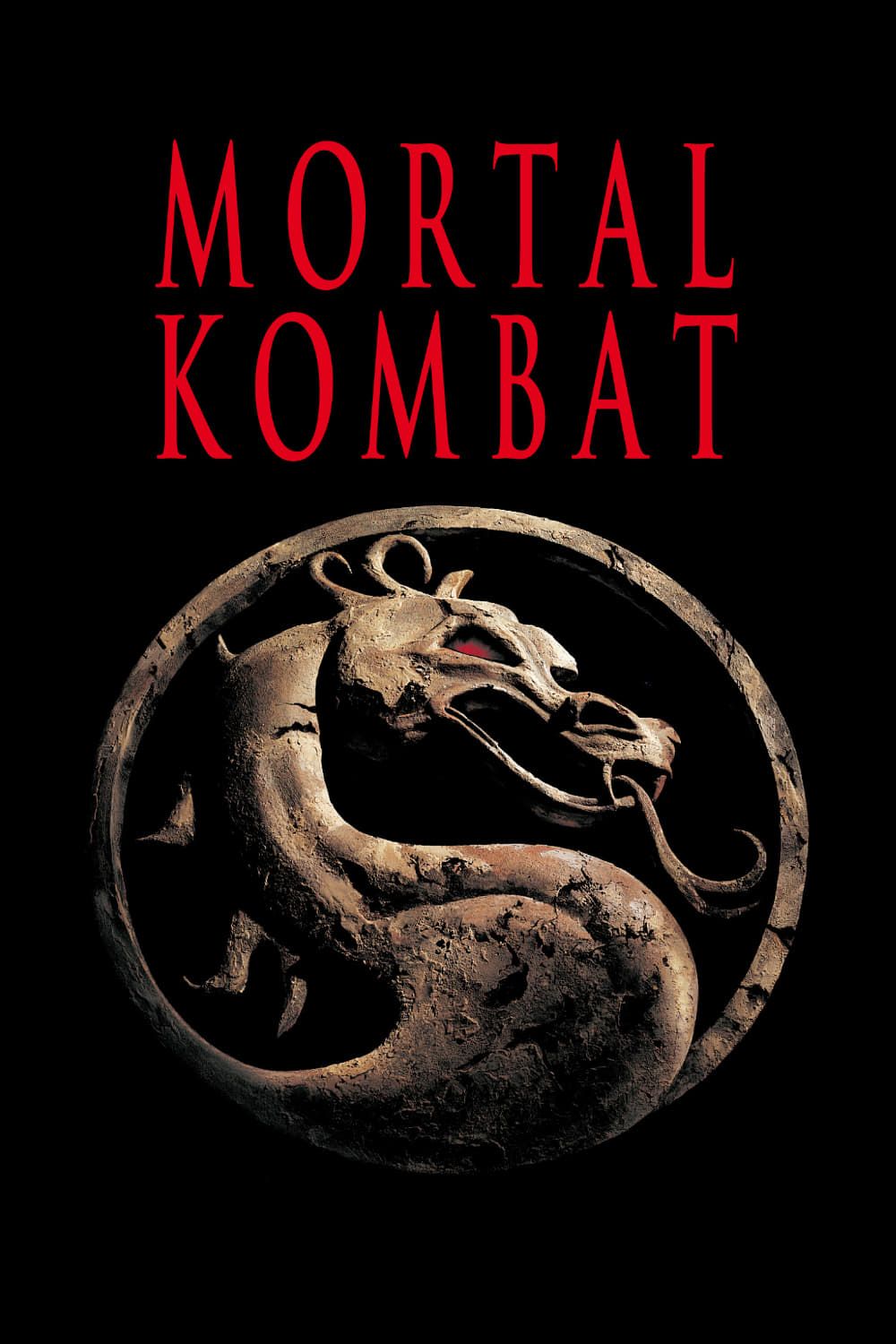
- Release Date
- August 18, 1995
- Runtime
- 101
The 2021 remake tried to elevate Mortal Kombat into prestige territory but missed the playful self-awareness that defined its predecessor. While it improved on the visual effects and delivered faithful nods to the game’s lore, it lacked the original’s campy exuberance, replacing it with grim seriousness. In attempting to modernize the franchise, the film forgot what made the original unforgettable: its ability to lean into its ridiculousness with unapologetic glee.
9 ‘House Party’ (1990 vs. 2023)
1990: A Celebration with Infectious Energy
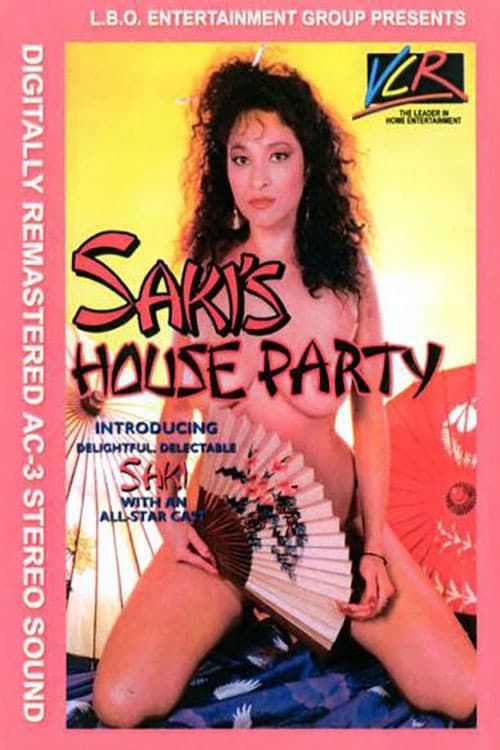
- Release Date
- March 9, 1990
- Runtime
- 100 minutes
The original House Party wasn’t just a movie—it was a vibe. Starring hip-hop duo Kid ‘n Play, the film embodied the zeitgeist of the early ’90s, when music, fashion, and film converged to elevate Black culture into mainstream consciousness. Directed by Reginald Hudlin, it wasn’t just about a party—it was about identity, community, and finding joy in spaces carved out of systemic inequities. With its kinetic energy, iconic dance-offs, and sly humor, House Party was not only fun but also a culturally resonant snapshot of its time.
2023: A Glossy Party Missing Its Soul
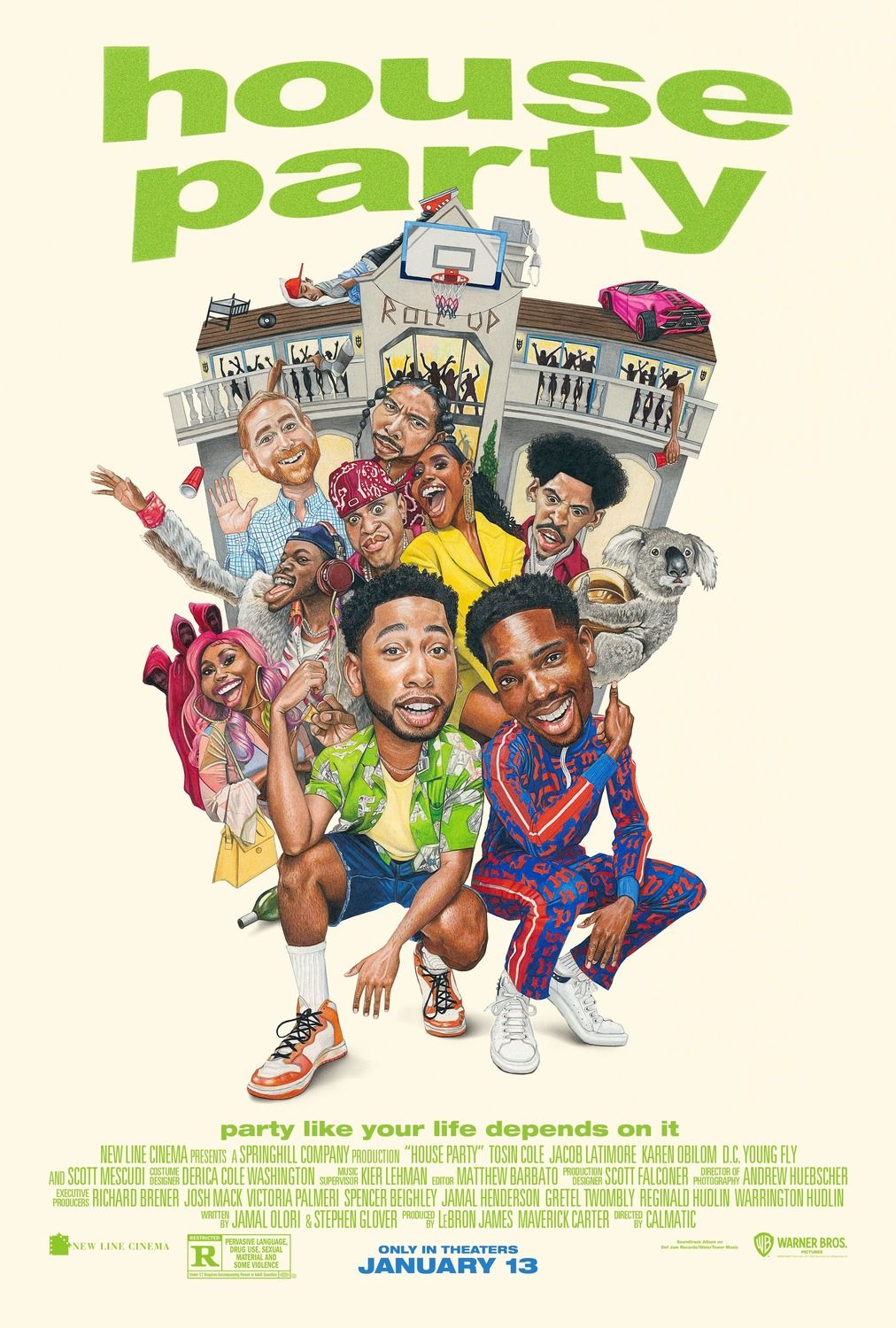
- Release Date
- January 13, 2023
- Director
- Calmatic
- Cast
- Jacob Latimore , Allen Maldonado , Bottara Angele , Tosin Cole , Tamera Kissen
- Runtime
- 1hr 40min
The 2023 remake leaned into nostalgia but flattened the original’s energy into a glossy and chaotic mess. While it attempted to modernize the concept with celebrity cameos and a larger-than-life setting (LeBron James’ mansion), it lacked the soulful vibrancy that made the first film iconic. The original’s humor and cultural relevance felt replaced with surface-level jokes and over-the-top spectacle, a testament to how updates can fail when they lose sight of their predecessors’ deeper cultural resonance.
Where Kid ‘n Play’s charisma carried the original, the reboot relied on surface-level callbacks that felt like hollow echoes. It was less a cultural touchstone and more of a party you forget the second you leave.
8 ‘Jacob’s Ladder’ (1990 vs. 2019)
1990: A Haunting Exploration of Trauma and Reality
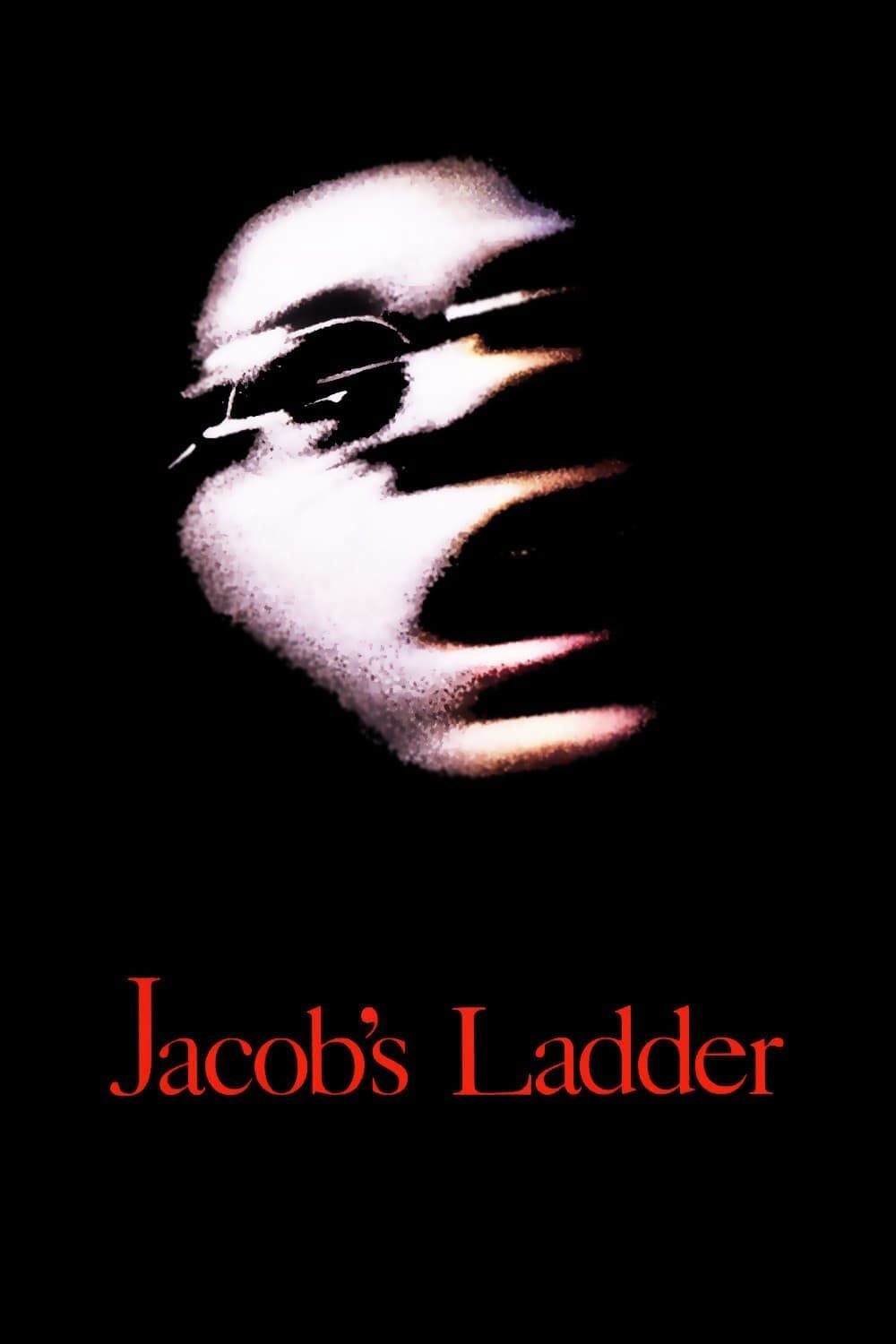
- Release Date
- November 2, 1990
- Runtime
- 113
Adrian Lyne’s Jacob’s Ladder was a haunting psychological thriller that blurred the line between reality and delusion. A Vietnam War veteran’s descent into hallucinatory terror became a deeply unsettling meditation on trauma, grief, and the fragility of the mind. Its layered narrative demanded audience engagement, while its raw, practical effects created a nightmarish atmosphere that lingers decades later.
Anchored by Tim Robbins’ haunting performance, the film resonated as a meditation on grief and guilt, using its fragmented narrative to reflect the broken psyche of its protagonist. Its visceral horror came not from jump scares but from its ability to make the audience question what was real.
2019: Simplified Themes, Lost Depth
The 2019 remake felt like an insult to the original’s intelligence. By simplifying its complex themes into a more straightforward, sanitized story, it drained the psychological horror of its tension and depth. The original’s hallucinatory ambiguity became a generic twist ending, alienating fans of the source material and leaving little for new audiences to latch onto. It’s a classic example of remaking a masterpiece without understanding its essence.
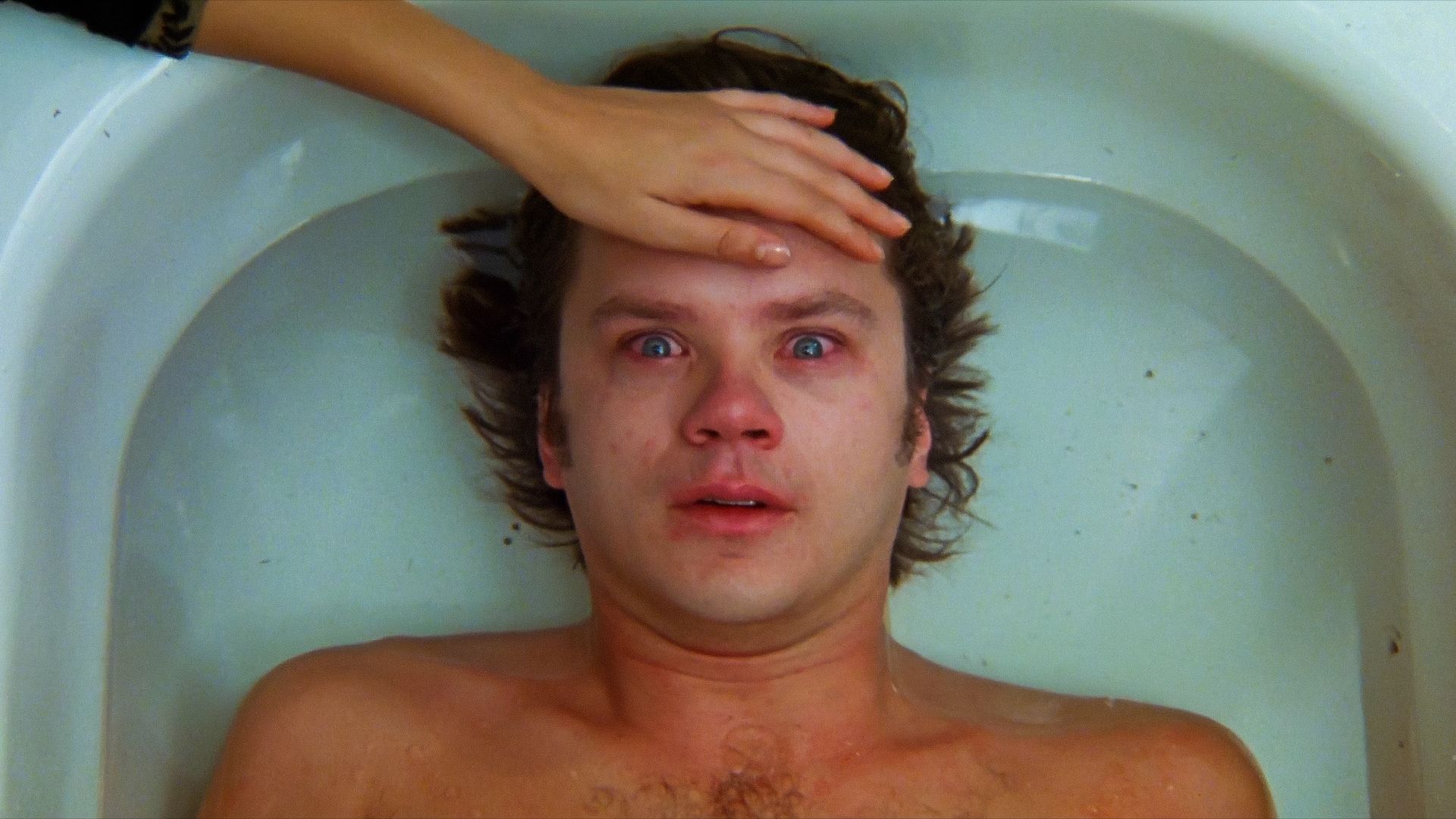
Related
One of the Most Terrifying Movies of the ’90s Hits Streaming This Week
The terrifying psychological thriller of the ’90s, Jacob’s Ladder, lands on streaming soon,
7 ‘Total Recall’ (1990 vs. 2012)
1990: Sci-Fi Camp with Unforgettable Action
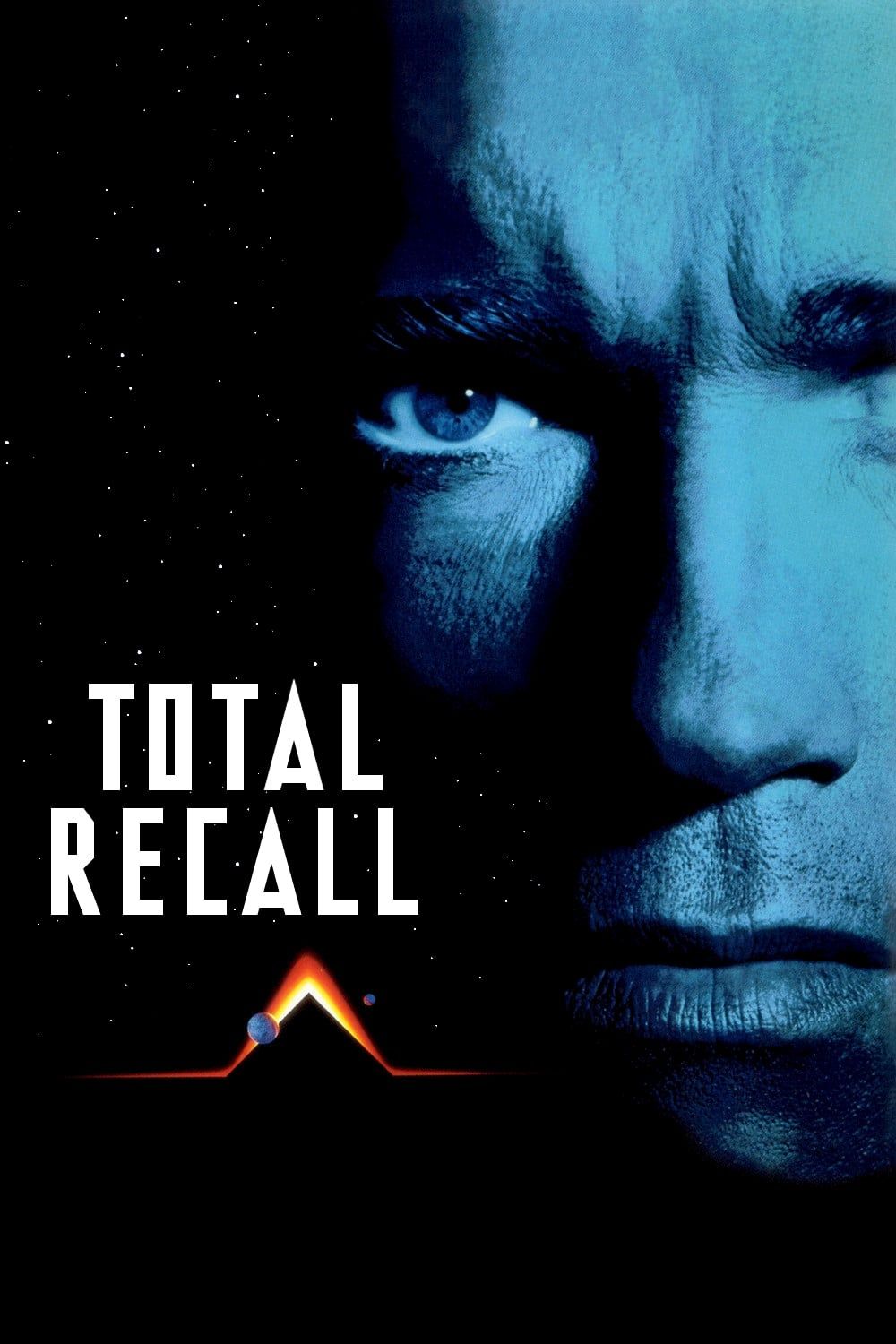
- Release Date
- June 1, 1990
- Runtime
- 113
Paul Verhoeven’s Total Recall was peak ’90s sci-fi: ultraviolent, wildly imaginative, and packed with Arnold Schwarzenegger one-liners (‘”Baby, You Make Me Wish I Had Three Hands.”). Beneath the campy action, it offered a surprisingly provocative exploration of memory, identity, and reality. Its practical effects and over-the-top humor made it a cultural touchstone, showcasing how the decade wasn’t afraid to let sci-fi get weird.
2012: Style Over Substance
The remake swapped Verhoeven’s surreal, dystopian style for sleek, high-budget visuals and relentless action. Colin Farrell gave a solid performance, but the film felt hollow, lacking the wit and unpredictability that made the original so enduring. By prioritizing polished aesthetics over substance, the remake became yet another example of sci-fi stripped of its soul for mass appeal.
6 ‘Dr. Dolittle’ (1998 vs. ‘Dolittle’ 2020)
1998: Eddie Murphy’s Whimsical Comedy Genius
Eddie Murphy’s Dr. Dolittle transformed a quaint 1960s family film into a laugh-out-loud comedy that showcased Murphy’s impeccable timing and the personalities of its talking animals. The 1998 version wasn’t just a remake; it was a reinvention, using Murphy’s star power to craft a film that was warm, funny, and endlessly quotable. It balanced absurdity with heart, making it a family favorite that felt effortlessly charming.
2020: An Overstuffed CGI Misadventure
The 2020 Dolittle, starring Robert Downey Jr., tried to reinvent the character again, this time as a whimsical adventurer. However, the film collapsed under the weight of its own ambitions, delivering awkward humor and overly busy CGI that failed to capture the warmth or humor of the 1998 version. Downey’s odd performance only added to the confusion, making the film feel like a missed opportunity rather than a bold re-imagining.
5 ‘Point Break’ (1991 vs. 2015)
1991: Grit, Adrenaline, and Emotional Tension
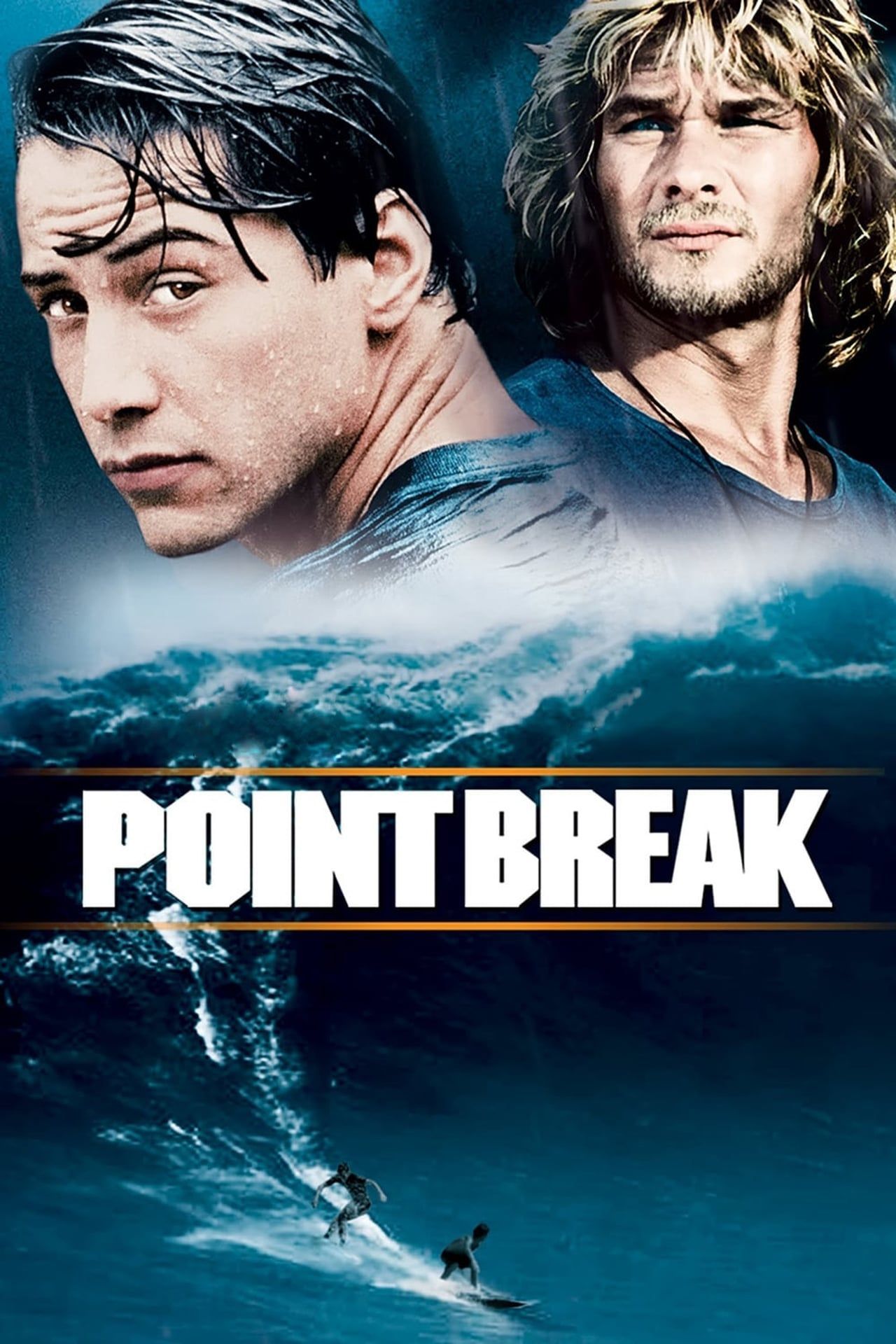
Point Break
- Release Date
- July 12, 1991
- Runtime
- 122 Minutes
Point Break wasn’t just about bank robberies and surfing; it was a meditation on the allure of freedom and the sacrifices people make for loyalty. Kathryn Bigelow’s direction brought an edge to the film, balancing visceral action with emotional stakes. The raw physicality of the surfing and heist sequences mirrored the characters’ personal struggles. Patrick Swayze’s Bodhi wasn’t just a criminal; he was a spiritual seeker, chasing the ultimate wave as much as the ultimate rebellion. Keanu Reeves’ Johnny Utah, torn between his duty and admiration for Bodhi, captured the moral ambiguity that made the story compelling.
2015: High-Stakes Stunts, Low-Impact Drama
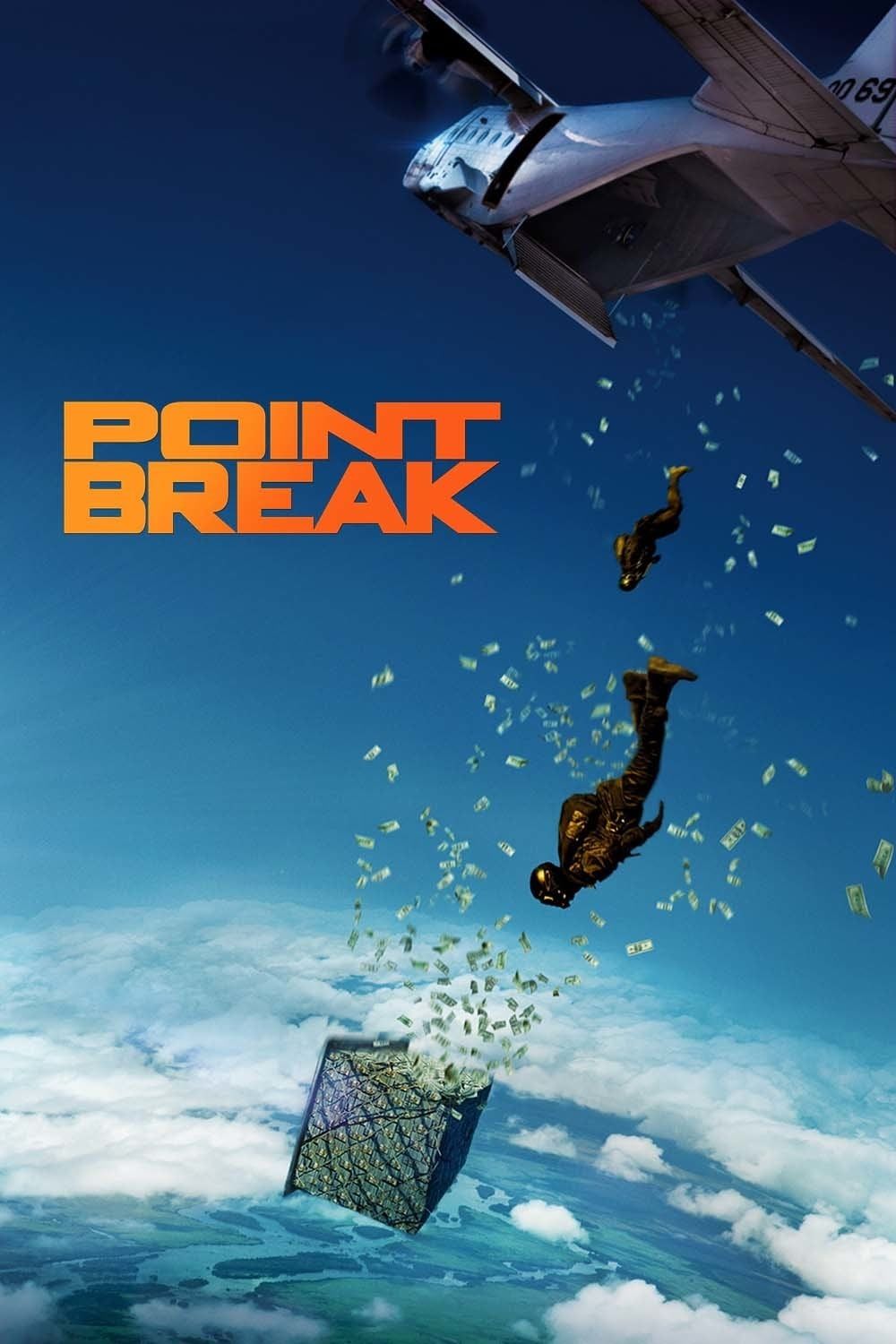
- Release Date
- December 3, 2015
- Runtime
- 113
The 2015 remake of Point Break leaned heavily into spectacle, trading the original’s grounded focus on surfing and its raw connection to the natural world for an adrenaline-packed parade of extreme sports. Snowboarding, wingsuit flying, and high-altitude climbing took center stage, creating visually stunning sequences designed to dazzle, but these feats ultimately felt hollow without the emotional weight to back them up. The film’s over-reliance on technical prowess and CGI lacked the visceral authenticity of the original’s gritty, sun-soaked surf culture.
4 ‘Flatliners’ (1990 vs. 2017)
1990: Unearthing Guilt with Psychological Sincerity
Joel Schumacher’s Flatliners succeeded because it wasn’t just a sci-fi thriller; it was a deeply psychological exploration of guilt and redemption. Each character carried a unique emotional burden, and their near-death experiences unearthed past traumas that gave the story weight. The performances were sincere, with Julia Roberts, Kiefer Sutherland, and Kevin Bacon embodying the fear and recklessness of young med students pushing the boundaries of life and death. The film’s eerie tone, complemented by its shadowy cinematography, heightened its unsettling atmosphere without cheapening the emotional stakes.
2017: Forgettable Superficiality
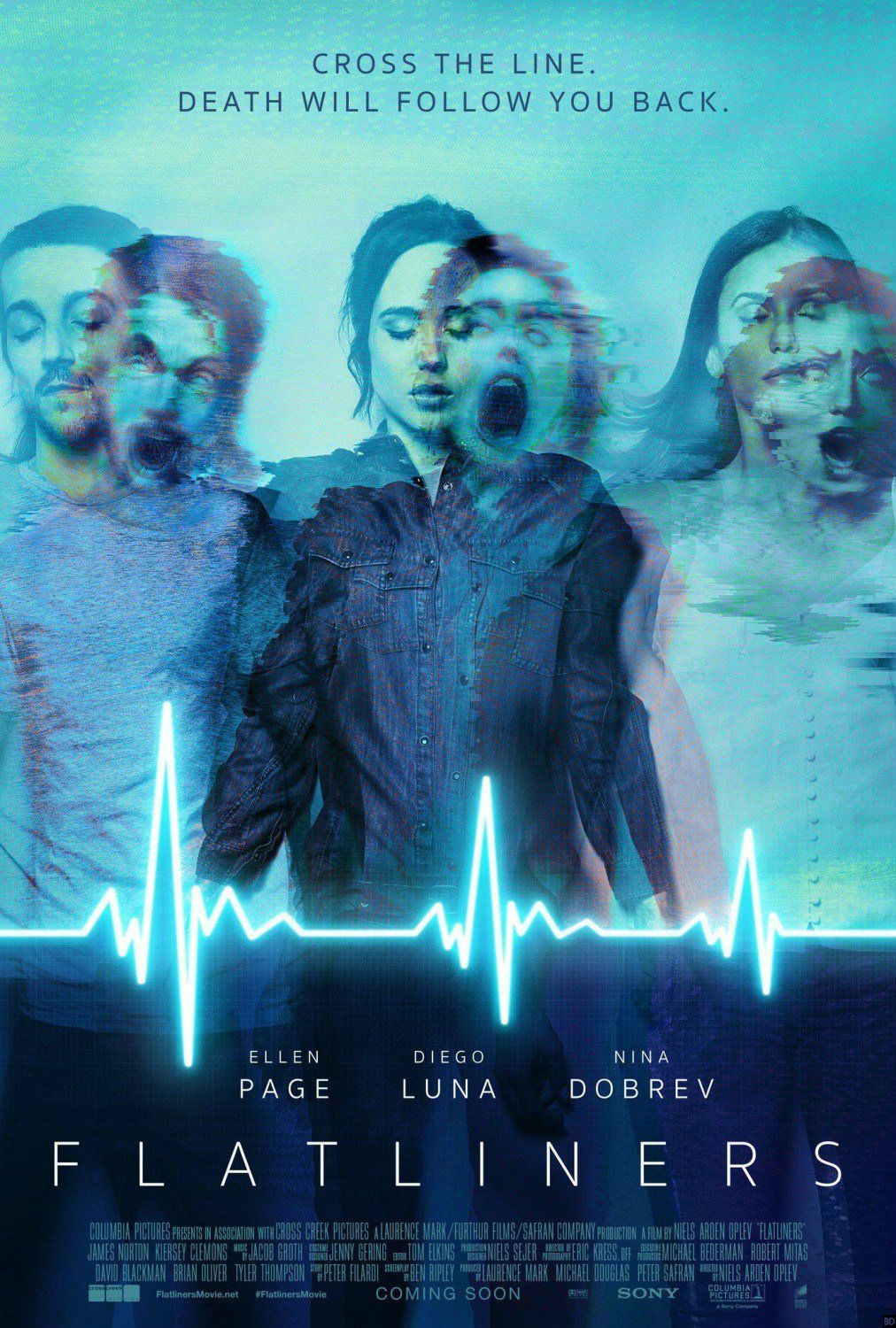
- Release Date
- September 29, 2017
- Runtime
- 108 Minutes
The 2017 remake treated its characters’ backstories as shallow plot devices, failing to imbue them with the emotional weight that drove the original. Where Kiefer Sutherland, Julia Roberts, and Kevin Bacon portrayed characters wrestling with the profound consequences of their past sins, the 2017 cast’s traumas felt hastily sketched and disconnected from the stakes of the story. The result was a film that relied on jump scares and surface-level tension rather than the slow-burning dread and moral introspection that made the original so memorable.
3 ‘The Craft’ (1996 vs. ‘The Craft: Legacy’ 2020)
1996: Rebellious Grit with Heart
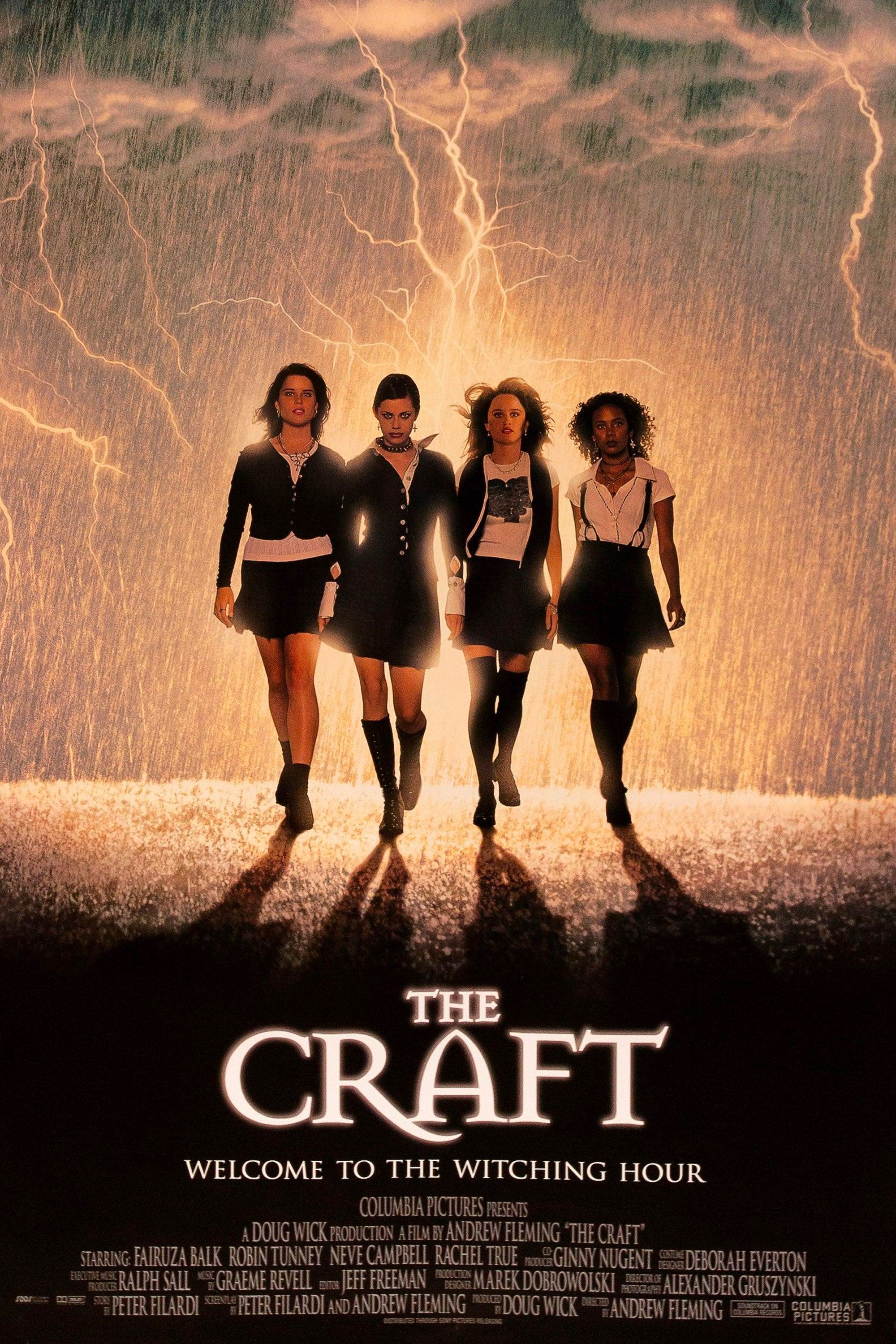
- Release Date
- May 3, 1996
- Director
- Andrew Fleming
- Runtime
- 101 Minutes
The Craft thrived on its unapologetic edge, tapping into the rebellious spirit of the 1990s. The film embraced teenage angst and turned it into something powerful, exploring female friendship, outcast identity, and the allure of wielding power. Fairuza Balk’s Nancy Downs embodied this grit, delivering a performance that was raw, magnetic, and terrifying. The film didn’t shy away from darkness but balanced it with sincere moments of vulnerability among the girls, making their fallouts feel all the more devastating.
2020: Sanitized and Safe
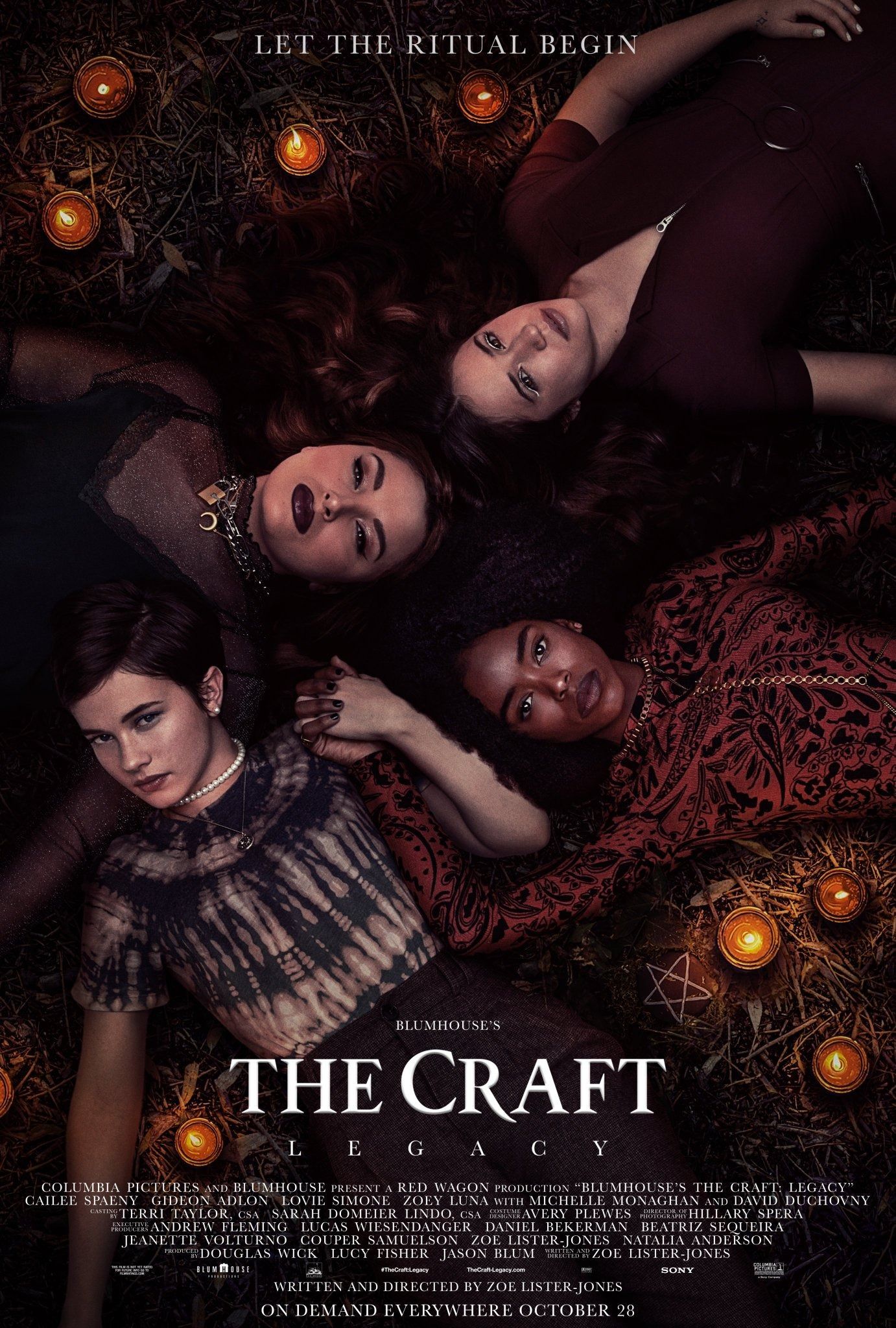
The Craft: Legacy
The 2020 sequel/remake, The Craft: Legacy, took the blueprint of the 1996 cult classic and smoothed it into something glossy, safe, and ultimately forgettable. Legacy felt overly polished and hesitant to engage with the moral ambiguity that made the original so compelling. The themes of power and betrayal were watered down into a straightforward narrative about belonging, leaving little room for the messy emotions that defined the 1996 version. The conflicts felt predictable, and the characters lacked the grit and nuance that made the original coven feel both relatable and dangerous.
Visually, Legacy traded the moody, shadowy aesthetic of the original for bright, sterile cinematography that failed to evoke the same haunting atmosphere. Its focus on togetherness and harmony, while timely, lacked the narrative tension and emotional stakes that had once elevated The Craft beyond its supernatural premise.
2 ’10 Things I Hate About You’ (1999 vs. 2009)
1999: Shakespearean Charm with Emotional Authenticity
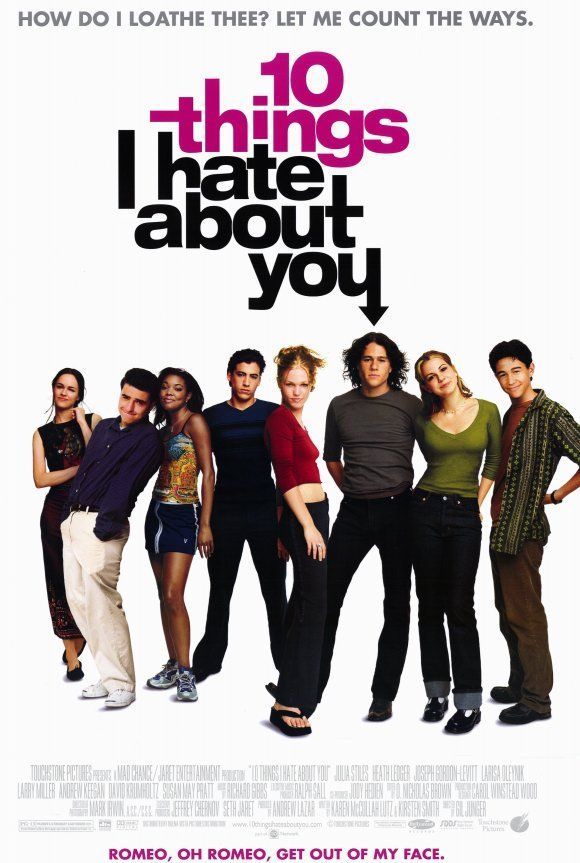
- Release Date
- March 31, 1999
- Director
- Gil Junger
- Runtime
- 97 minutes
10 Things I Hate About You was more than just a high school rom-com—it was a modern Shakespearean adaptation (The Taming of the Shrew) infused with charm and wit. Heath Ledger’s Patrick Verona brought smoldering charisma, while Julia Stiles’ Kat Stratford was sharp and deeply relatable. The film balanced humor with sincerity, from Patrick’s over-the-top serenade on the bleachers to Kat’s tearful poem reading. The chemistry between the leads elevated the film, making it a love story that felt real, messy, and genuinely moving.
2009: A Series Without Spark
The 2009 TV adaptation struggled to capture the charm and emotional resonance that made the original film a standout in the late ’90s. While Lindsey Shaw’s edgier interpretation of Kat Stratford brought a contemporary flair, it lacked the sharp wit and vulnerability that Julia Stiles had embodied so effortlessly. The dynamic between Kat and her love interest never came close to the electric chemistry between Heath Ledger’s Patrick Verona and Stiles’ Kat, a relationship that had anchored the original film’s emotional depth.
The series attempted to re-imagine the high school setting with modernized humor, but much of it felt forced, often veering into caricature rather than nuance. The humor felt forced, and the emotional beats rarely landed, resulting in a show that felt more like a pale imitation than a meaningful continuation of the story.
1 ‘She’s All That’ (1999 vs. ‘He’s All That’ 2021)
1999: A Cinderella Story with a Twist
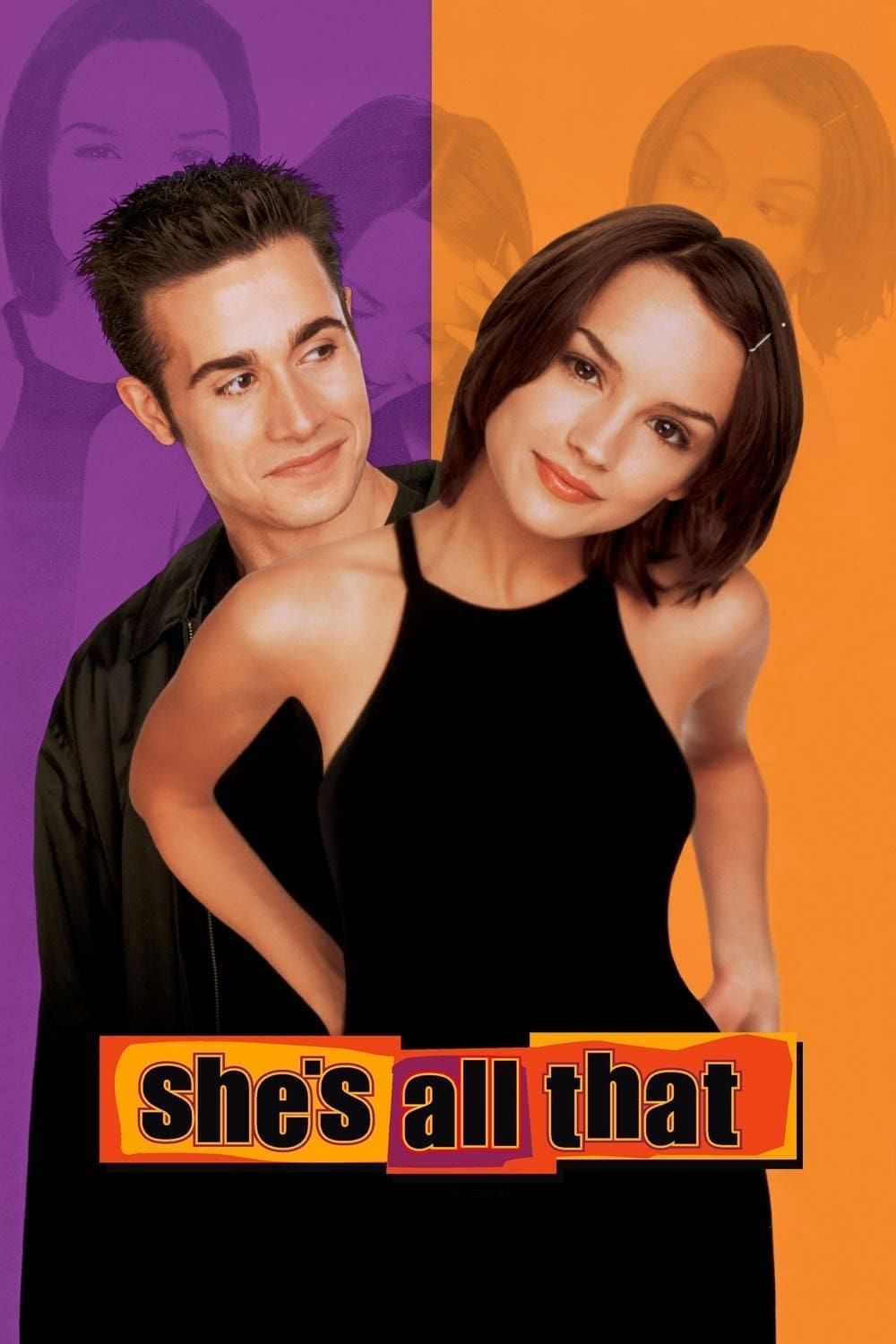
- Release Date
- January 29, 1999
- Director
- Robert Iscove
- Runtime
- 95
She’s All That captured the essence of the late ‘90s, blending teen drama with a fairy-tale structure. Freddie Prinze Jr. and Rachael Leigh Cook had undeniable chemistry, and the film’s iconic moments—like the staircase reveal and the “Kiss Me” montage—cemented its place in pop culture. What many don’t know is that M. Night Shyamalan, later revealed as a ghostwriter for the script, added subtle twists to the narrative, making it more than just a surface-level Cinderella adaptation. Themes of self-worth and transformation were integrated with the humor and romance, giving the story depth and sincerity.
2021: A Social Media Misstep
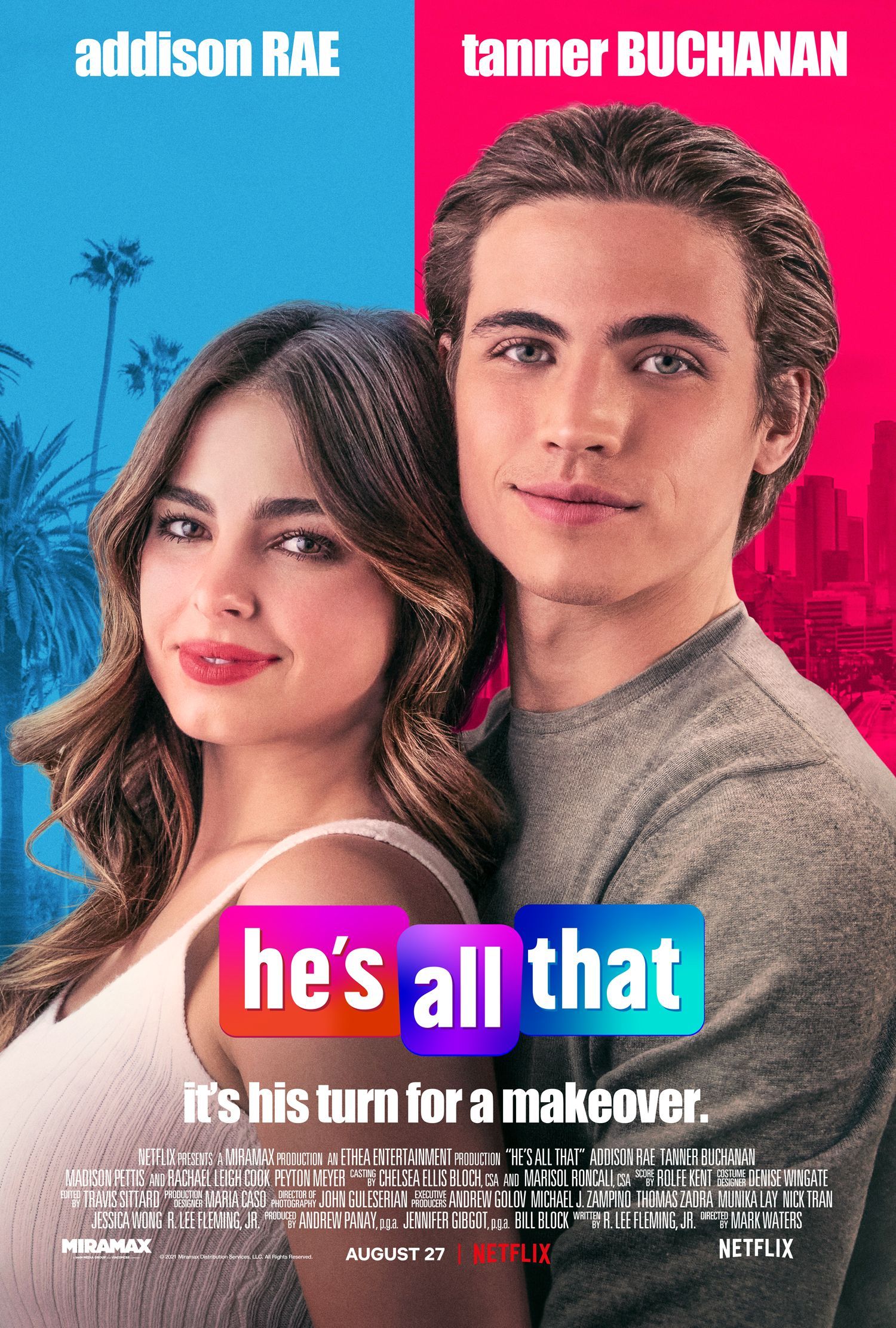
He’s All That
He’s All That attempted to modernize the story with a gender-swapped premise and a focus on influencer culture. However, it struggled to connect emotionally, leaning too heavily on social media gimmicks. Addison Rae’s performance lacked the vulnerability that made Cook’s character so compelling, and the romantic arc felt underdeveloped. Without the sincerity and subtle storytelling that Shyamalan infused into the original, the remake was left shallow and untethered to the contemporary high school media landscape.
Source link









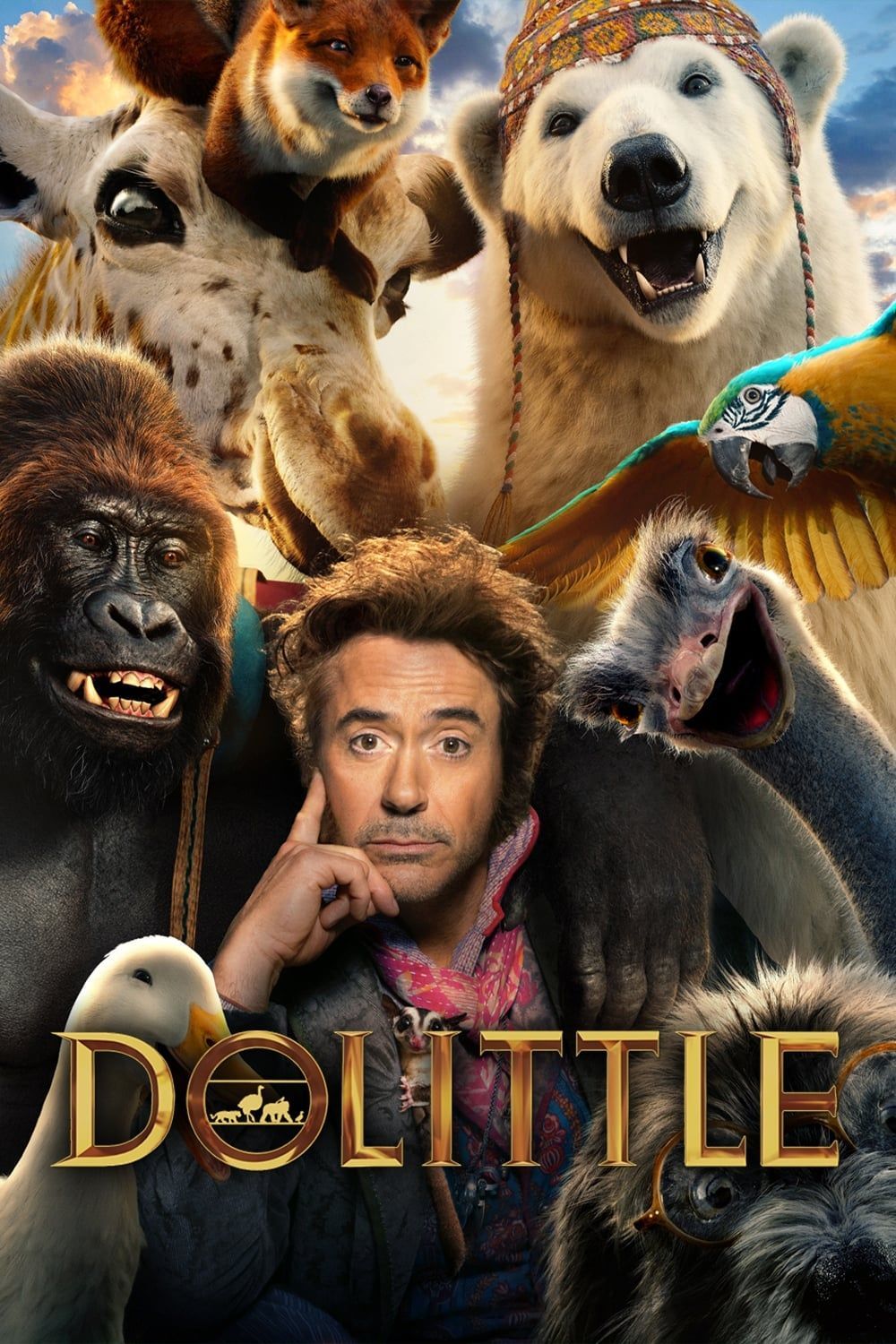
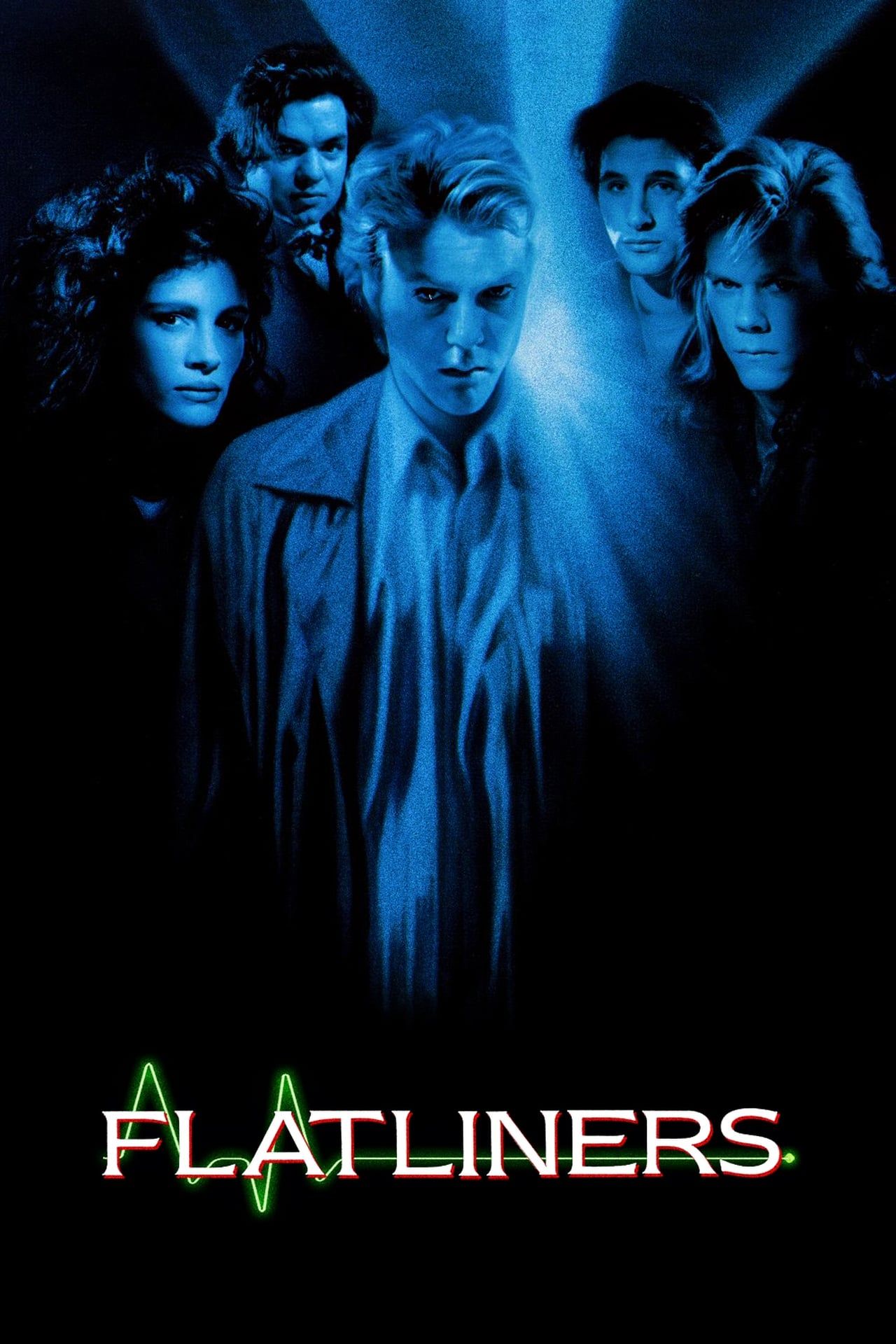








Add Comment